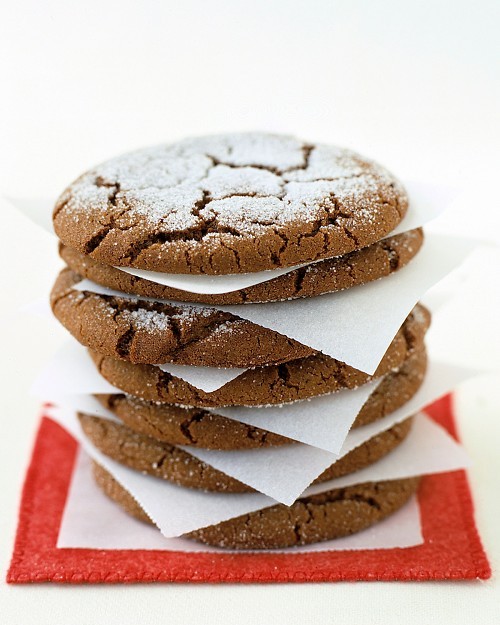Everything you need to know about molasses
October 7, 2018 by DarcieNothing can replicate the rich, complex flavor of molasses. It’s essential to gingerbread and, as a component of brown sugar, adds its subtle bitter and roasted caramel notes to many baked goods. There are several types of molasses available so it can be confusing to know which one is right for which recipe, but Southern Living Magazine sets us straight with its primer on molasses.

First, the magazine explains just what molasses is – a viscous product resulting from refining sugarcane or sugar beets into sugar. After the cane or beet juice is cooked down to form crystals, the remaining liquid is molasses. The boiling process is repeated several times, and each step yields a different type of molasses. As a side note, if you have ever driven past a sugar beet processing plant, you will know that these boiling steps are incredibly aromatic – but not in a good way. Try to keep upwind, or at least keep your car windows rolled up, if you ever pass by one of these facilities.
As you might expect, the intensity of flavor increases with each progressive boiling step. The liquid from the first go-round is lighter and less flavorful. Usually known as light molasses, it can be used in any application, whether cooking or baking. The darkest form of molasses is commonly known as blackstrap, named after its extremely dark color and assertive flavor. Use this type sparingly in savory applications such as black beans or as part of a glaze. Since the flavor is so pronounced, you probably don’t want to use blackstrap in baked goods.
Most commercial brown sugars are nothing more than white sugar with some of the molasses added back in, so you can always have brown sugar in an instant if you keep molasses and regular granulated sugar on hand. The bonus for doing this is that you will never have hard, lumpy brown sugar. In addition, you can vary the intensity of flavor to suit your mood or a particular recipe’s requirements.
Photo of Giant ginger cookies from Everyday Food magazine
Categories
- All Posts (7078)
- Antipasto (2208)
- Author Articles (250)
- Book News (944)
- Cookbook Giveaways (996)
- Cookbook Lovers (262)
- Cooking Tips (116)
- Culinary News (299)
- Food Biz People (558)
- Food Online (800)
- Holidays & Celebrations (277)
- New Cookbooks (154)
- Recipes (1520)
- Shelf Life With Susie (231)
- What's New on EYB (134)
Archives
Latest Comments
- fluffies on For the Love of Lemons by Letitia Clark – Giveaway
- Goulashgirl on Any way you slice it
- ChefClaireFVS on French at Heart – Cookbook Giveaway
- ChefClaireFVS on 20 Amici – 40 Ricette Cookbook Giveaway
- kitchen_chick on Salt Sugar MSG Cookbook Giveaway
- kitchen_chick on Balli Balli – Cookbook Giveaway and Quick Bites
- SCH on Introducing libraries to EYB at ALA
- FrenchCreekBaker on Four outstanding independently published cookbooks worth your attention
- breakthroughc on Any way you slice it
- Marymac54 on French at Heart – Cookbook Giveaway